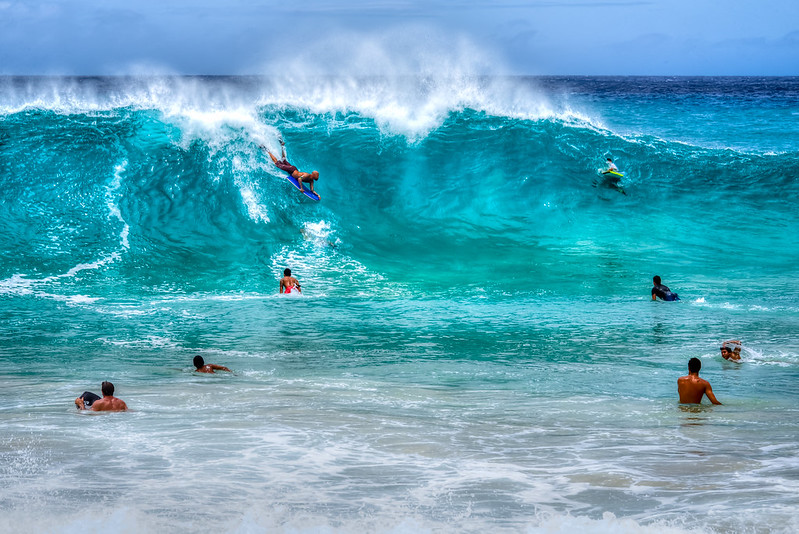Excerpt:
Hawaii saw more than 9 million visitors last year. Those tourists’ first stops are often big-box and convenience stores, where they buy bottled water, plastic sand toys, single-use bodyboards, noodles, floaties and inner tubes for their trips.
Plastics like in-room toiletries provided by resorts, plus to-go containers and cutlery provided by restaurants, are used and discarded by guests day after day. A single hotel chain can use hundreds of millions of little bottles of shampoo and conditioner every year.
When visitors leave, a lot of these items end up in the trash, yet Hawaii doesn’t have the infrastructure to recycle the immense amount of plastic left behind.
“Remember that you’re visiting an island; whatever you ‘throw away’ here doesn’t have anywhere else to go,” Billy Middleton, a Hawaii Island-based ocean technology engineer and conservation photographer, told SFGATE. “‘Away’ is right around the corner and often ends up in the ocean.”
The state already endures plastic pollution washing onshore from marine debris and the swirling currents of nearby gyres, but the problem is compounded by the additional waste from the millions of visitors annually, as the average human generates anywhere from 152 to 487 pounds of plastic waste each year.
“The way that our waste collection systems are set up and our behaviors, a lot of those materials end up in the marine environment, they end up in the land,” Jennifer Milholen of the Kokua Hawaii Foundation told KHON-TV. The foundation estimates that 70% of the ocean’s plastic pollution comes from the land.
In Hawaii, once collected, plastics are either consumed by progressively fuller landfills in the islands or shipped off island on fuel-consuming marine vessels for processing elsewhere. For example, Kauai’s landfill is expected to reach capacity in 2027. If limited places exist to recycle plastics on the islands, and landfills are reaching capacity, plastic pollution has nowhere else to go.
“Yes, plastic is cheaper, but only when you don’t incorporate the clean-up costs. If there isn’t a pono [responsible] way to dispose of it on the island, then what are we doing allowing it?” Megan Lamson, president of the Hawaii Wildlife Fund, told SFGATE…









